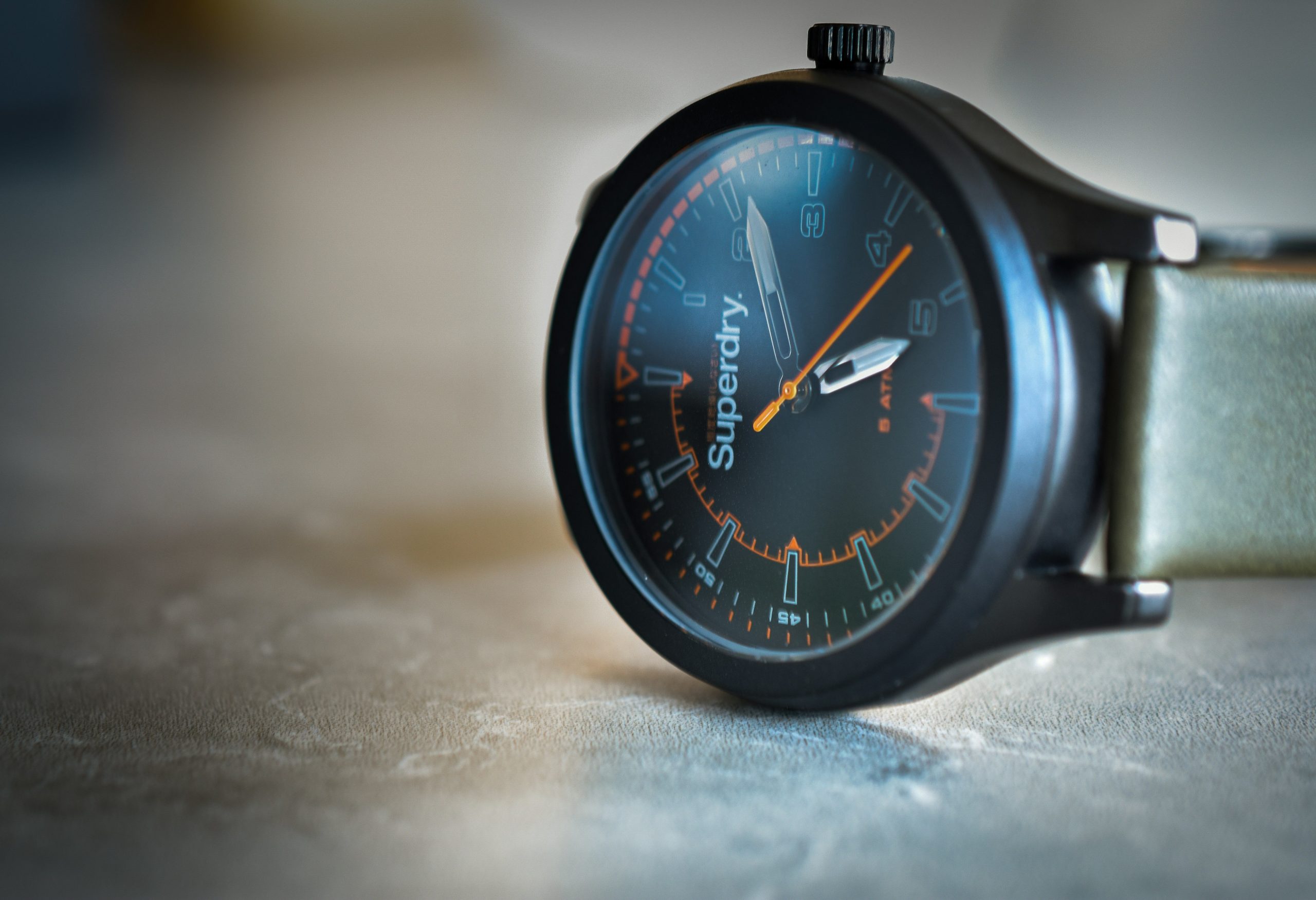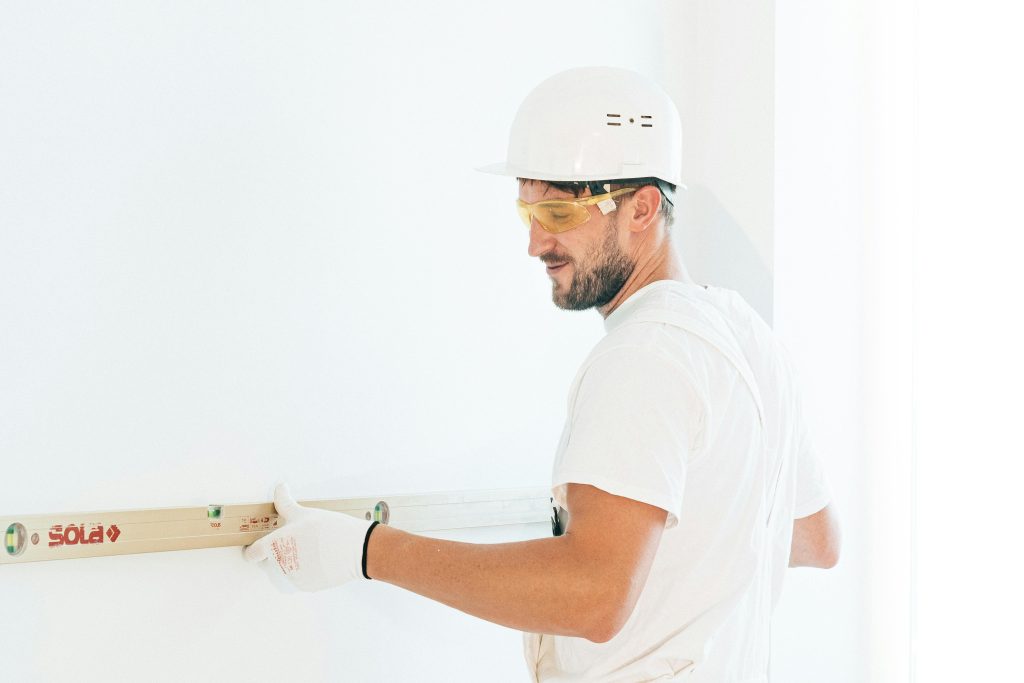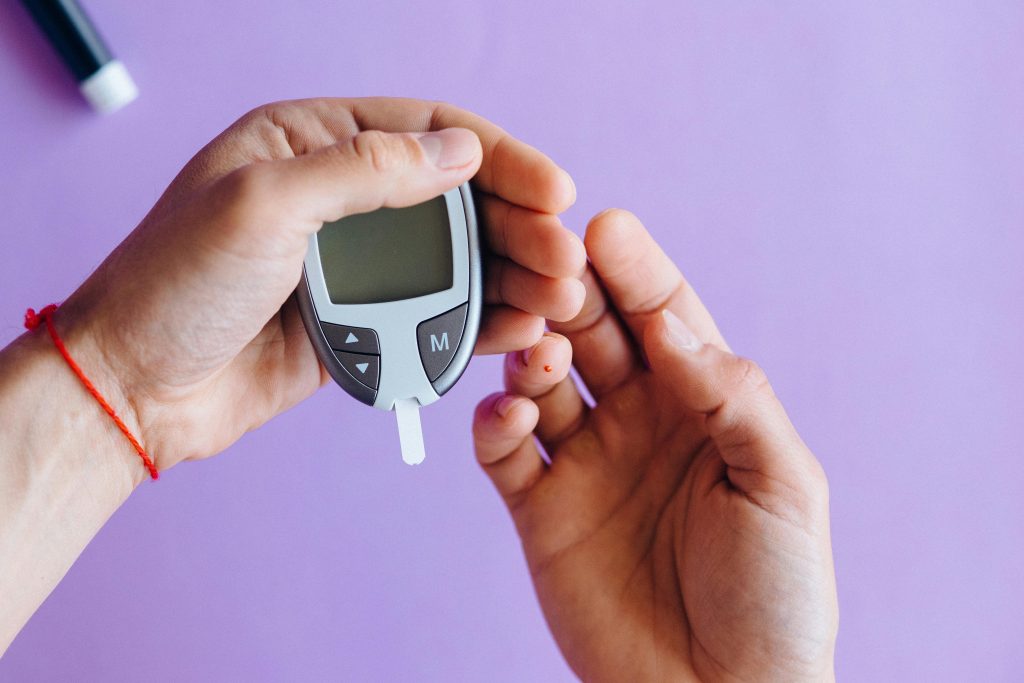Ever wondered why your watch altimeter reads 500 feet when you’re standing at sea level? Yeah, it’s frustrating. Whether you’re an avid hiker, climber, or just someone who loves wearable tech, an inaccurate altimeter can ruin your day faster than you can say “barometric pressure.” But here’s the good news: with proper altimeter calibration, you can ensure your device delivers pinpoint accuracy every time.
In this post, we’ll break down everything you need to know about altimeter calibration, from identifying common issues to step-by-step fixes. You’ll also get insider tips and real-world examples of how others have mastered their devices. Buckle up—it’s going to be a deep dive into elevation data!
Table of Contents
- Why Altimeter Calibration Matters
- How to Calibrate Your Watch Altimeter
- Top Tips for Accurate Readings
- Case Study: From Frustration to Flawless
- Frequently Asked Questions About Altimeter Calibration
Key Takeaways
- An uncalibrated altimeter in your smartwatch can lead to dangerously wrong altitude readings.
- Understanding barometric pressure is key to maintaining accuracy.
- A simple reset often solves most altimeter-related problems—but not always.
- Regular recalibration helps avoid costly mistakes during outdoor activities.
Why Does My Watch Keep Lying to Me?
I once climbed what I thought was a 1,200-foot peak only to find out—thanks to my trusty phone GPS—that I’d actually scaled a mere 800 feet. Turns out, my watch altimeter hadn’t been calibrated properly. Talk about an ego buster.
Here’s the thing: watch altimeters rely on changes in air pressure to estimate height above sea level. This method works beautifully… until weather conditions mess things up. Sudden shifts in barometric pressure due to storms or temperature swings can throw off even the fanciest gadgets. And if you don’t calibrate regularly? Well, that whirrrr sound isn’t just your wrist vibrating—it’s your device screaming for some TLC.
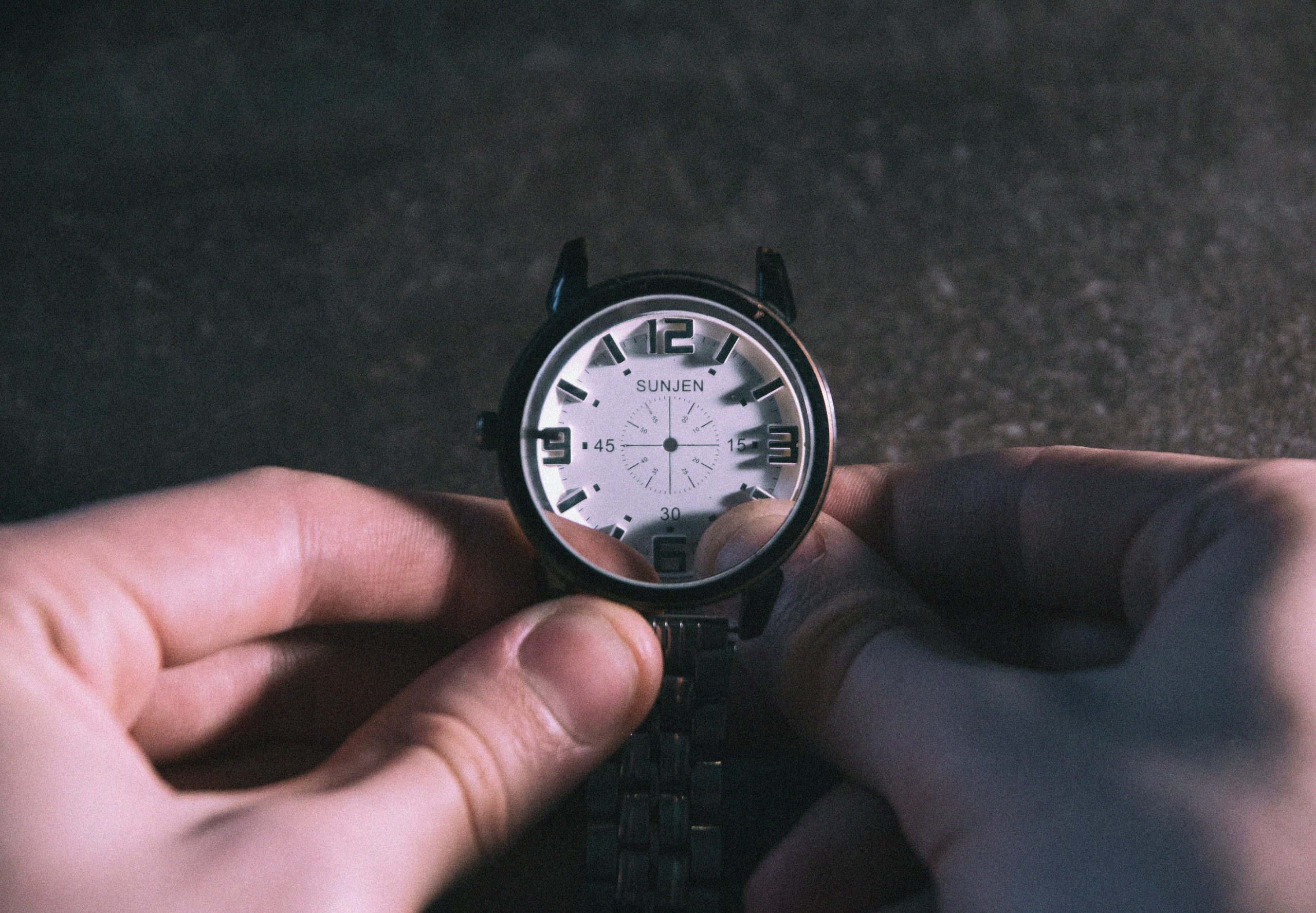
How to Calibrate Your Watch Altimeter Like a Pro
Let’s cut through the noise and focus on what works:
Step 1: Check the Weather Report Before You Head Out
Sound obvious? Sure. But remember, atmospheric pressure varies by location and weather systems. Start by confirming the current pressure at your starting point using local weather apps or websites.
Step 2: Access Your Device Settings
Most modern watches let you manually set reference points or automatically sync based on GPS data. Dig into your settings menu and look for options labeled “Altitude Reference” or similar keywords.
Step 3: Perform Manual Calibration (If Necessary)
If automatic syncing fails, no sweat. Locate known benchmarks like trailhead markers or nearby landmarks with verified elevations. Punch these values into your device to override any erroneous readings.
Optimist You: “It’s that easy!”
Grumpy You: “Unless you’re stuck mid-hike without service. Then it’s panic city.”*
Tips to Keep Your Altimeter Sharp
- Carry a Backup Tool: No matter how reliable your watch feels, bring a secondary tool like a handheld GPS unit or smartphone app.
- Monitor Battery Levels: Low power drains accuracy; keep spares handy.
- Recalibrate After Major Changes: If you travel long distances or experience extreme weather fluctuations, redo the process.
- Rant Moment: Stop ignoring those pesky firmware updates! Manufacturers issue patches for a reason—they actually fix stuff!
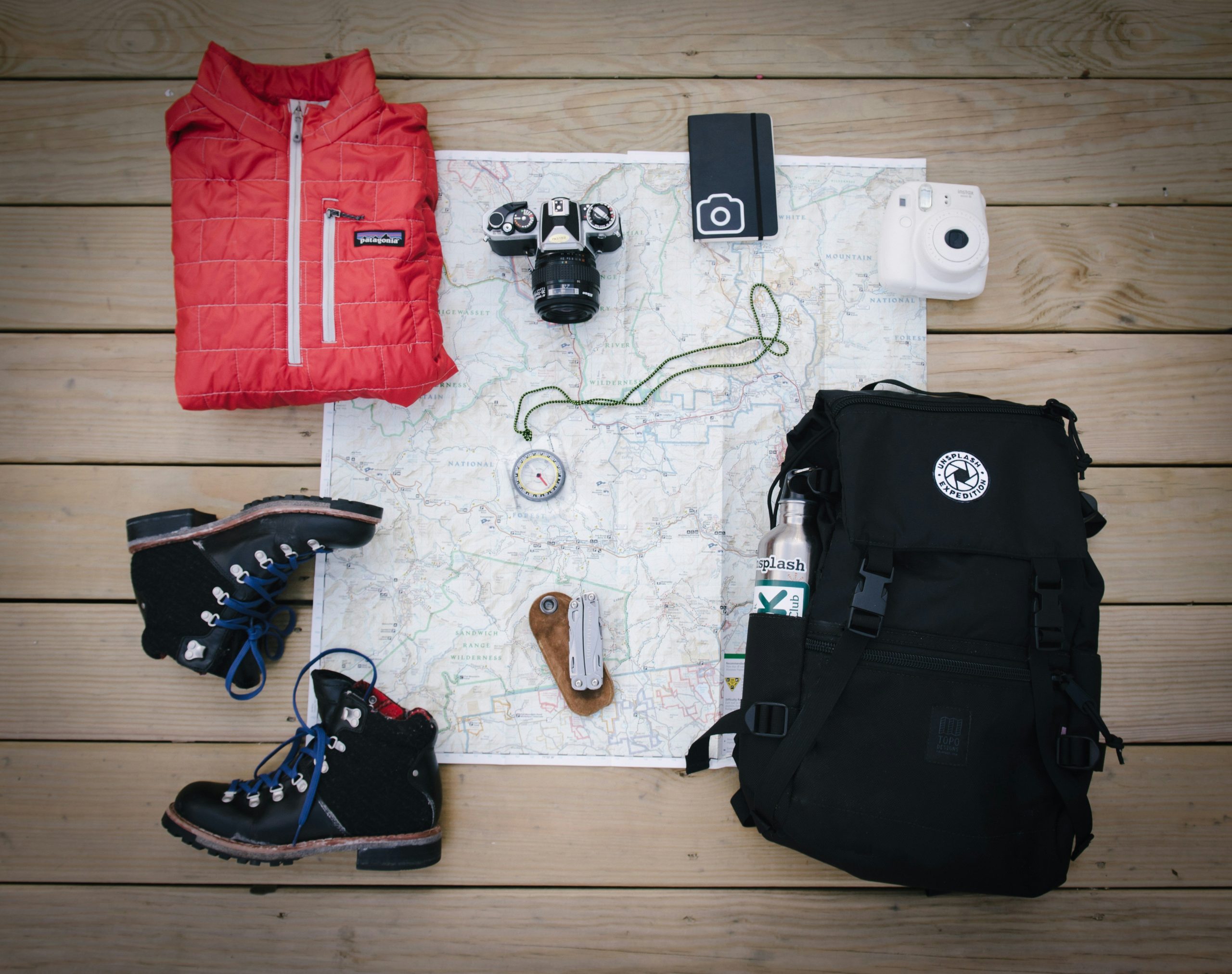
Real-Life Success Story: The Hiker Who Knew Better
Linda from Colorado learned the hard way after misjudging her summit attempt last summer. She bought herself a fancy new sports watch but forgot one tiny detail: calibrating its built-in altimeter before hitting the trails. One close call later—and a frostbitten toe incident—she now swears by regular maintenance checks. Her advice? “Treat your gear like family—nurture it daily.”

FAQs About Altimeter Calibration
Q: How Often Should I Calibrate My Watch Altimeter?
A: Ideally, before every significant trip, especially if moving between regions or facing dramatic climate shifts.
Q: Can Poor Calibration Actually Be Dangerous?
A: Absolutely. Misjudging altitude could leave climbers stranded or worse. Always prioritize safety over convenience.
Q: Is There Any Terrible Advice I Should Avoid?
A: Yes—a lot of forums suggest skipping calibration altogether because “modern tech adjusts itself.” Don’t listen to them. Machines make mistakes too.
Final Thoughts: Precision Starts With Care
To recap, mastering altimeter calibration ensures your wearable tech stays true to form, no matter where life takes you. Remember:
- Weather impacts performance—stay informed.
- Manual tweaks beat guesswork anytime.
- Maintenance equals survival in tricky terrains.
Now go forth and conquer those peaks—or hills, depending on your vibe—with confidence. Oh, and here’s something quirky to wrap this up:
Whirring gears cease, Altimeter hums quietly: Mountains whisper truths.
